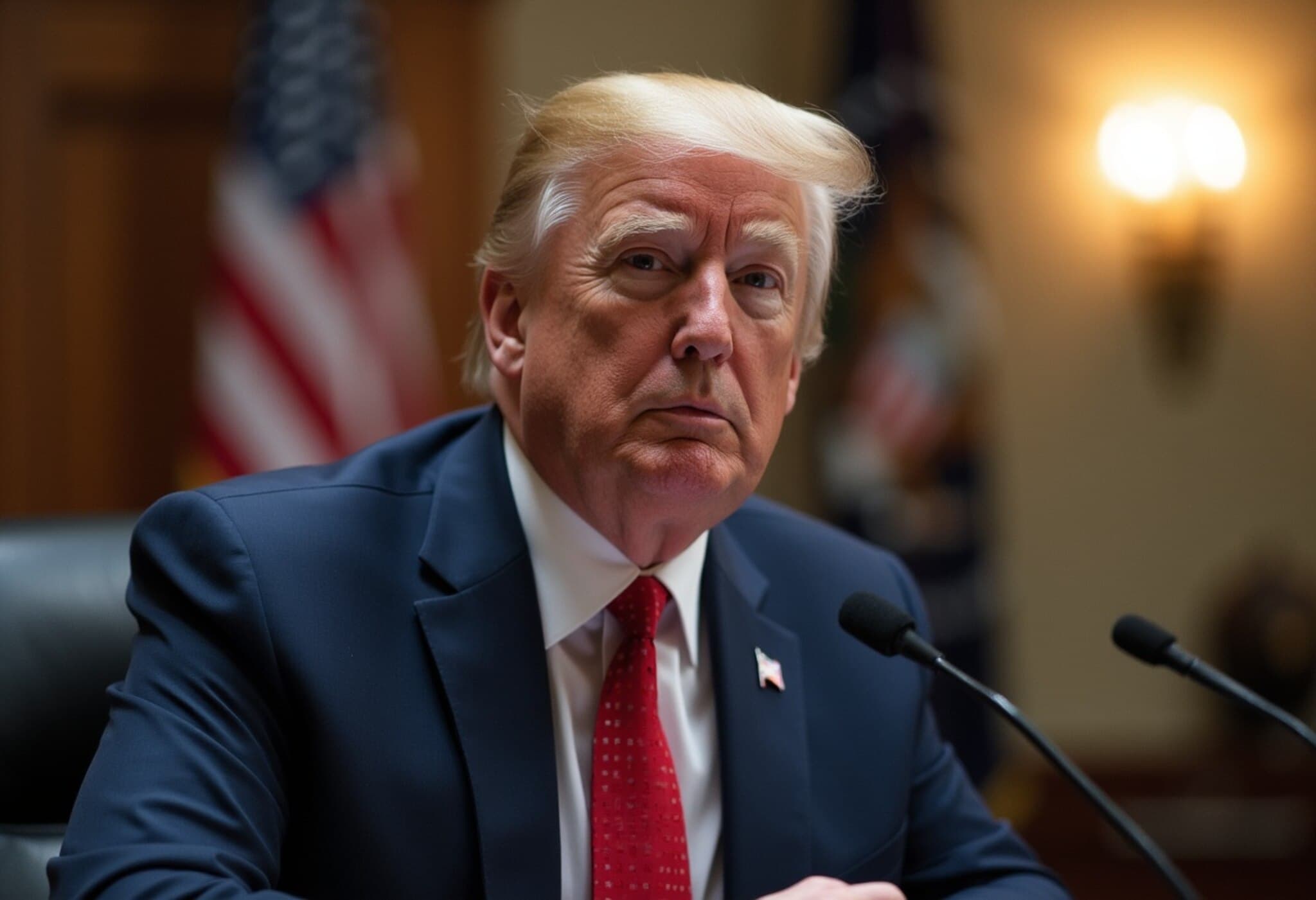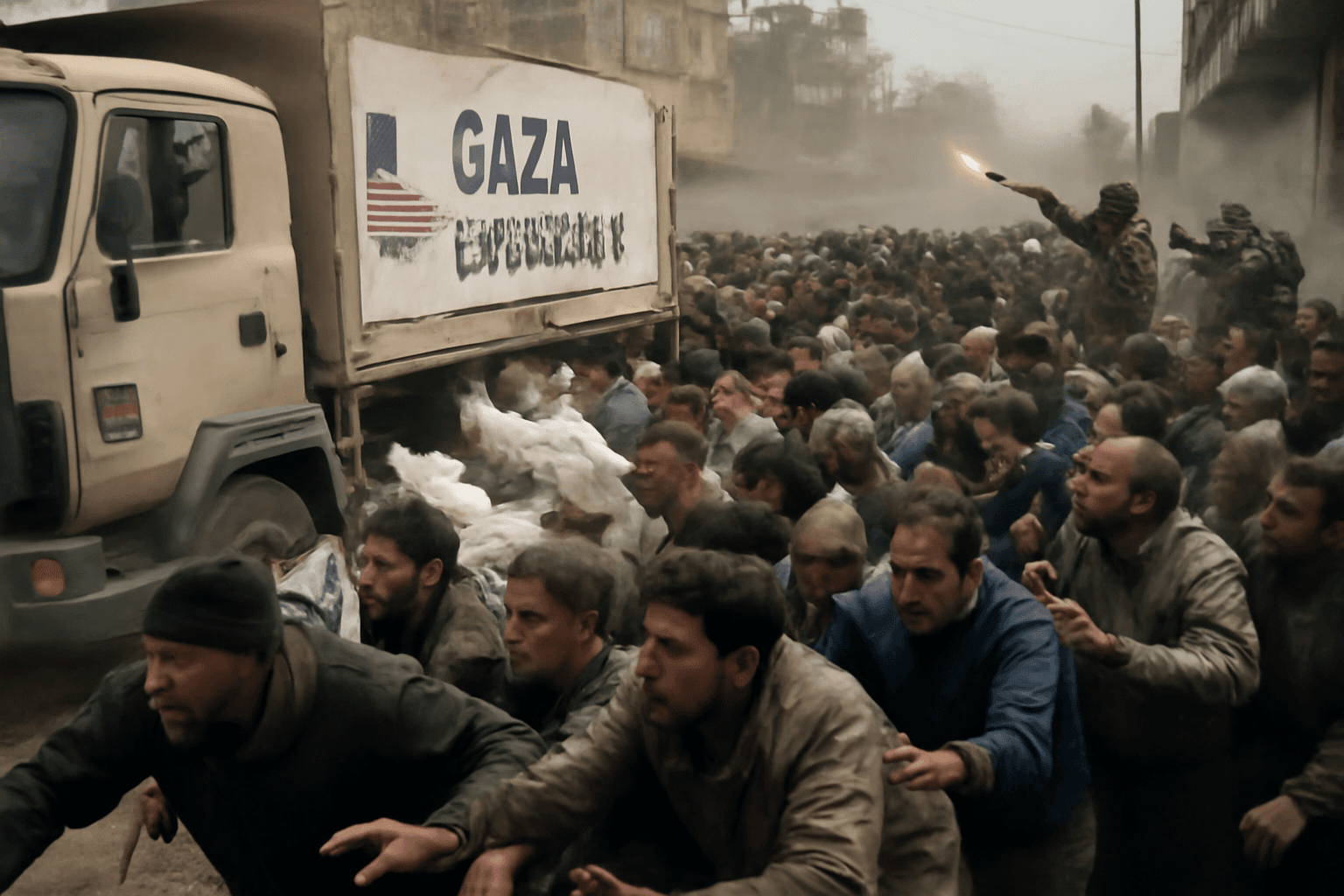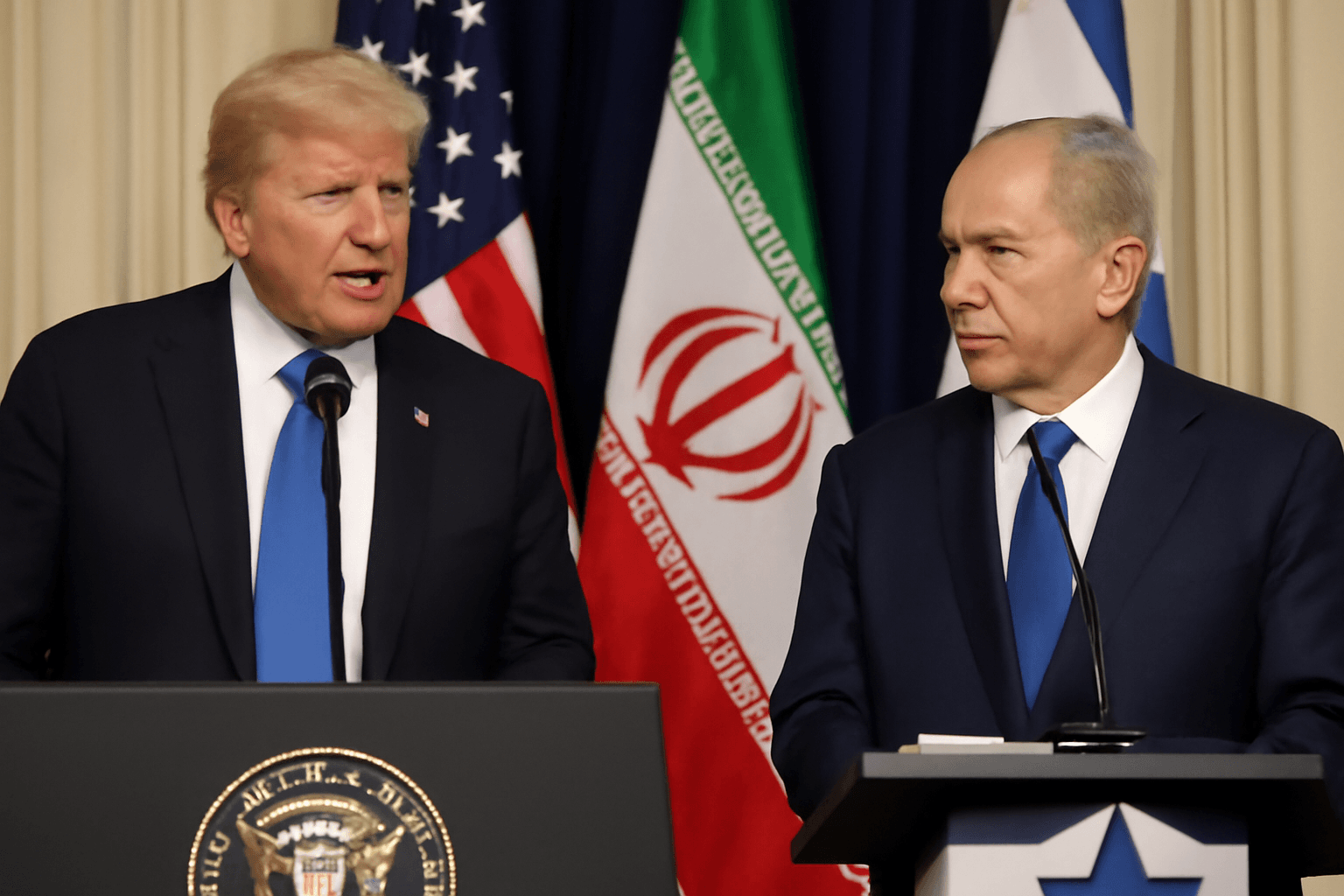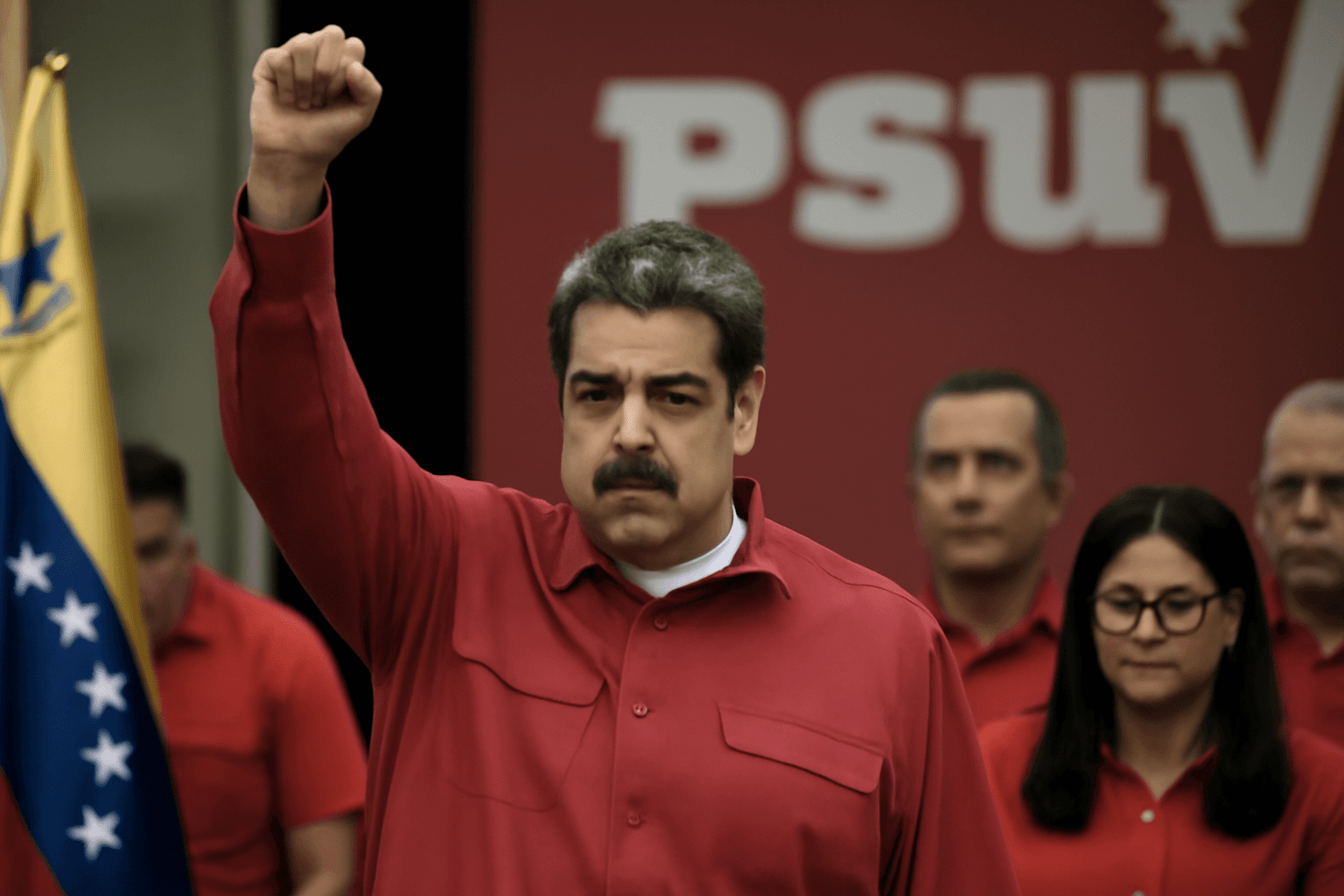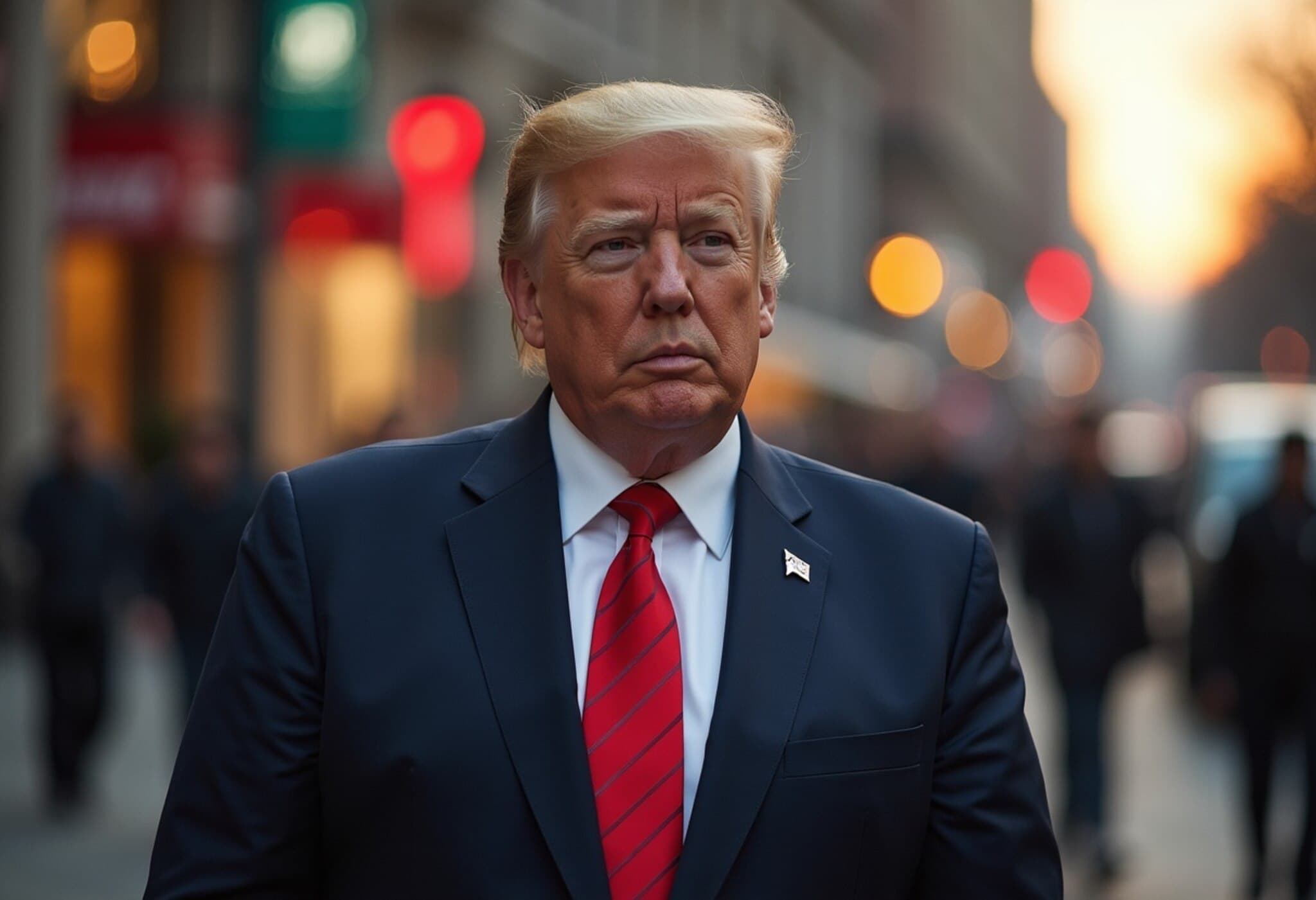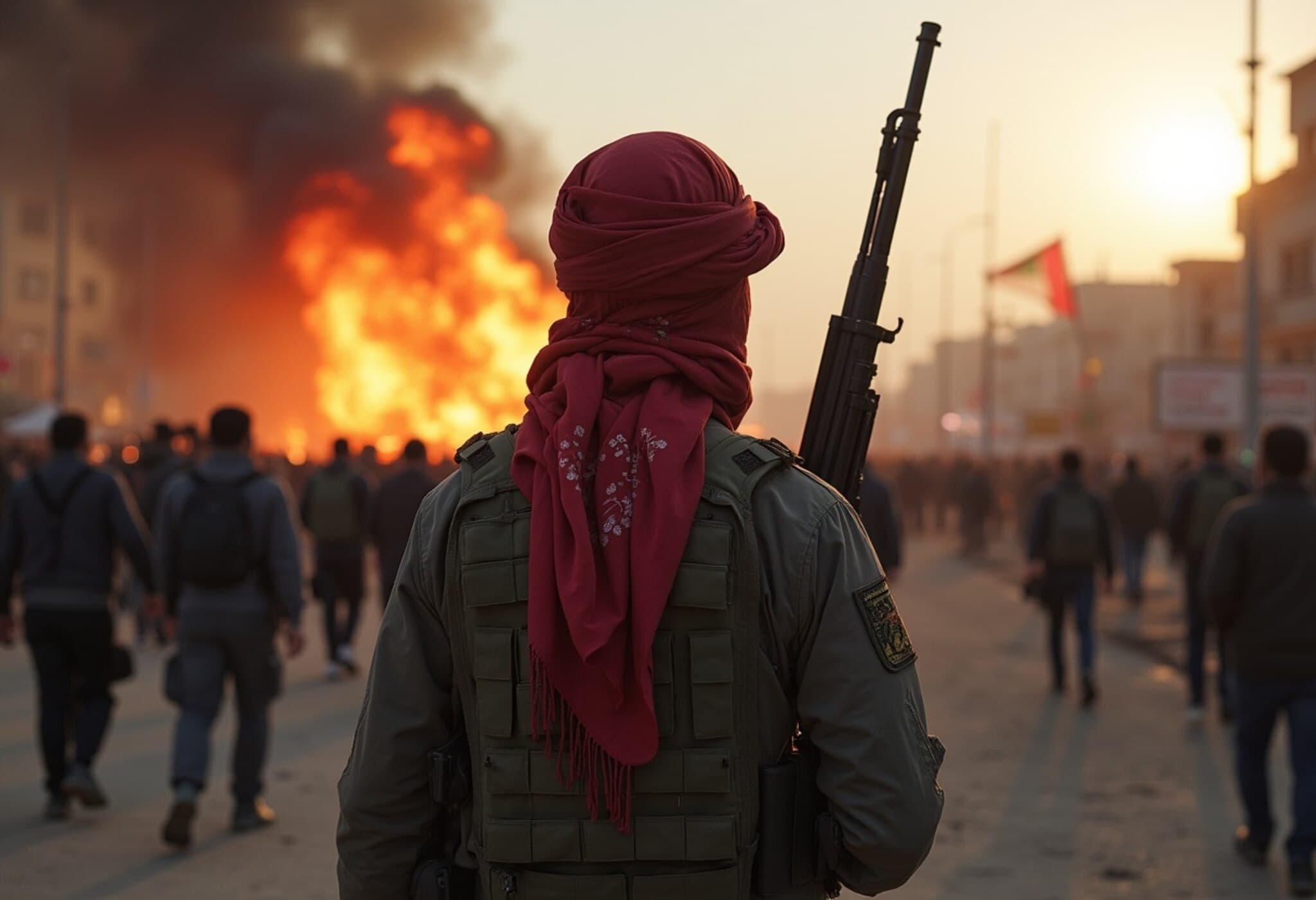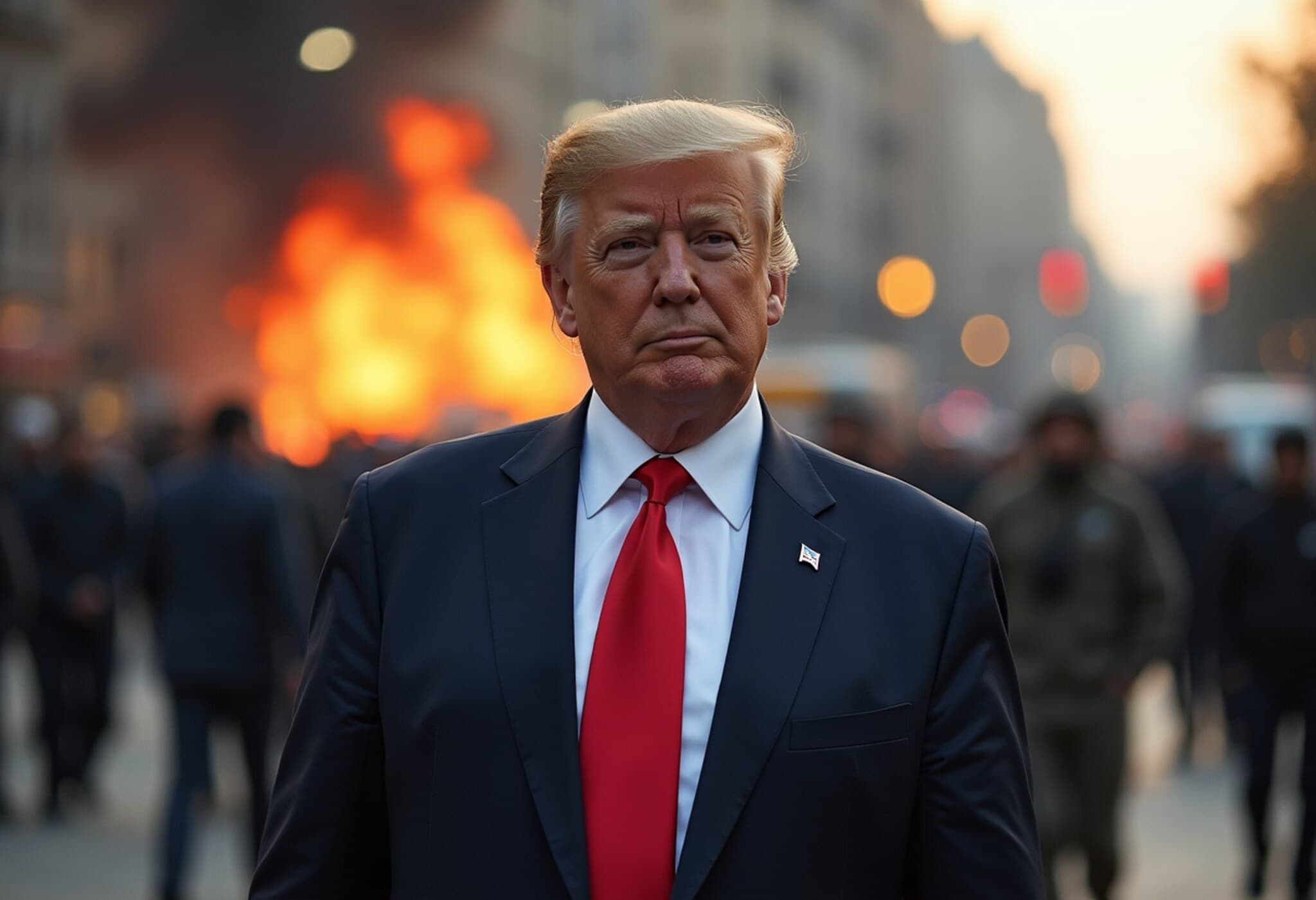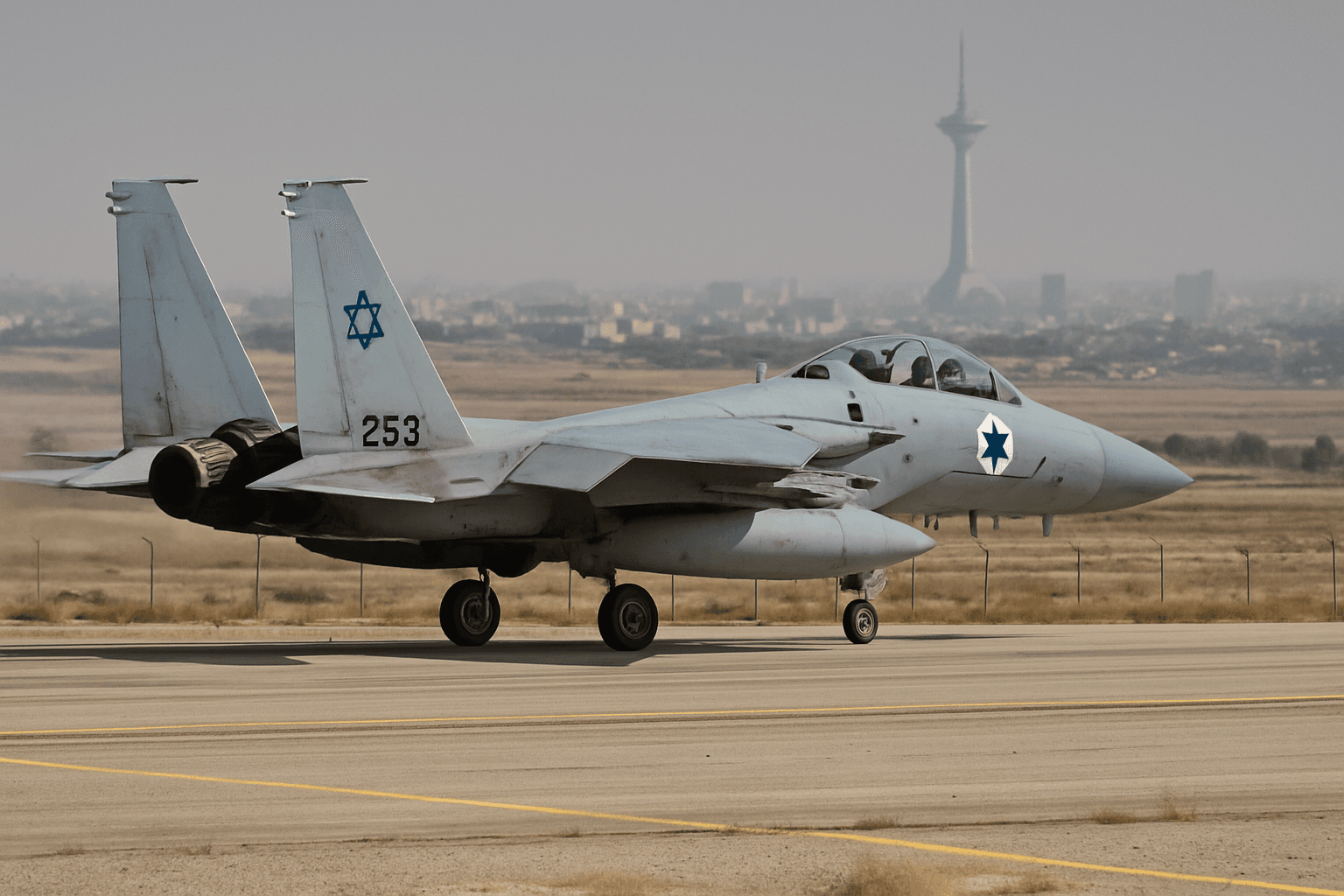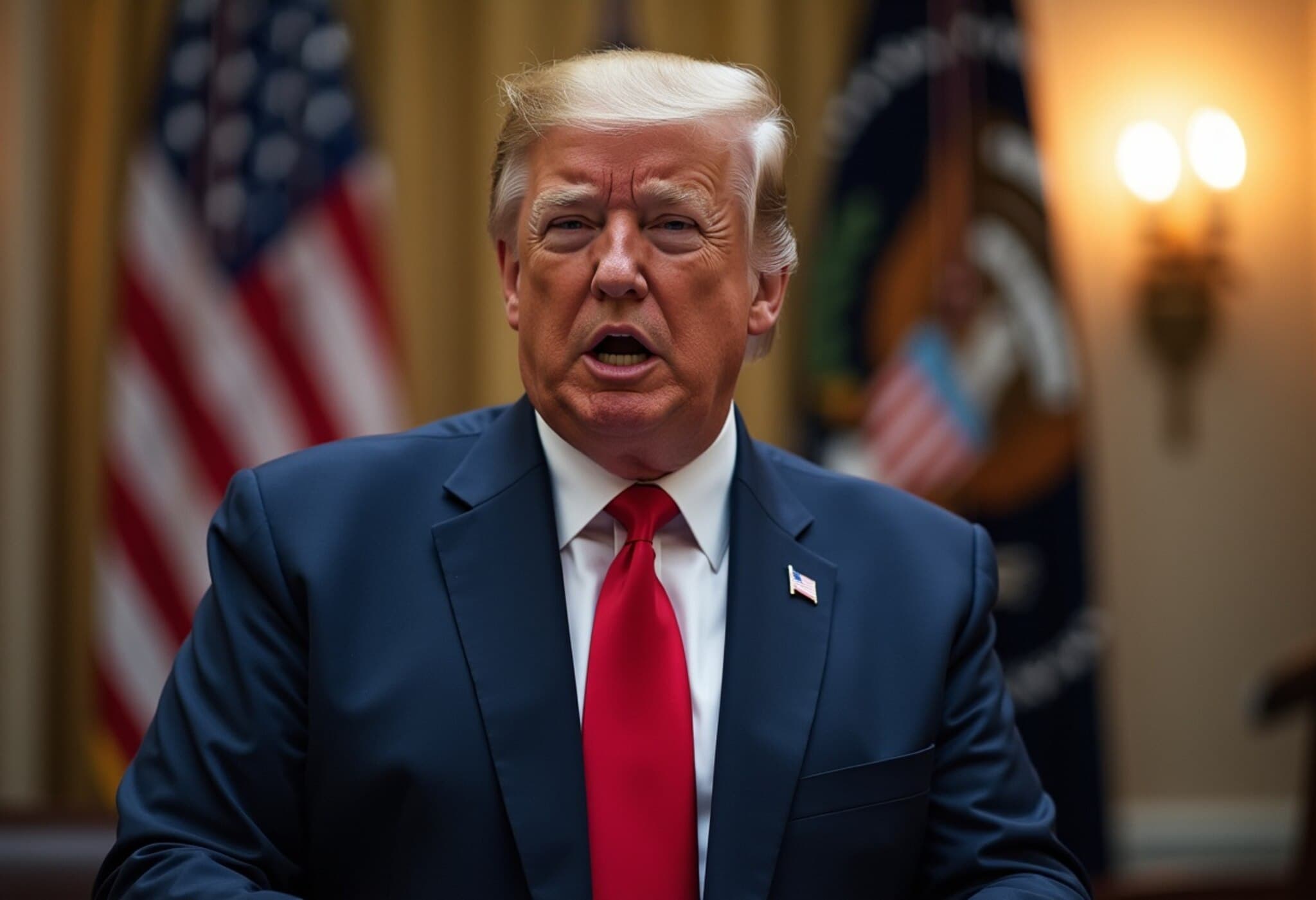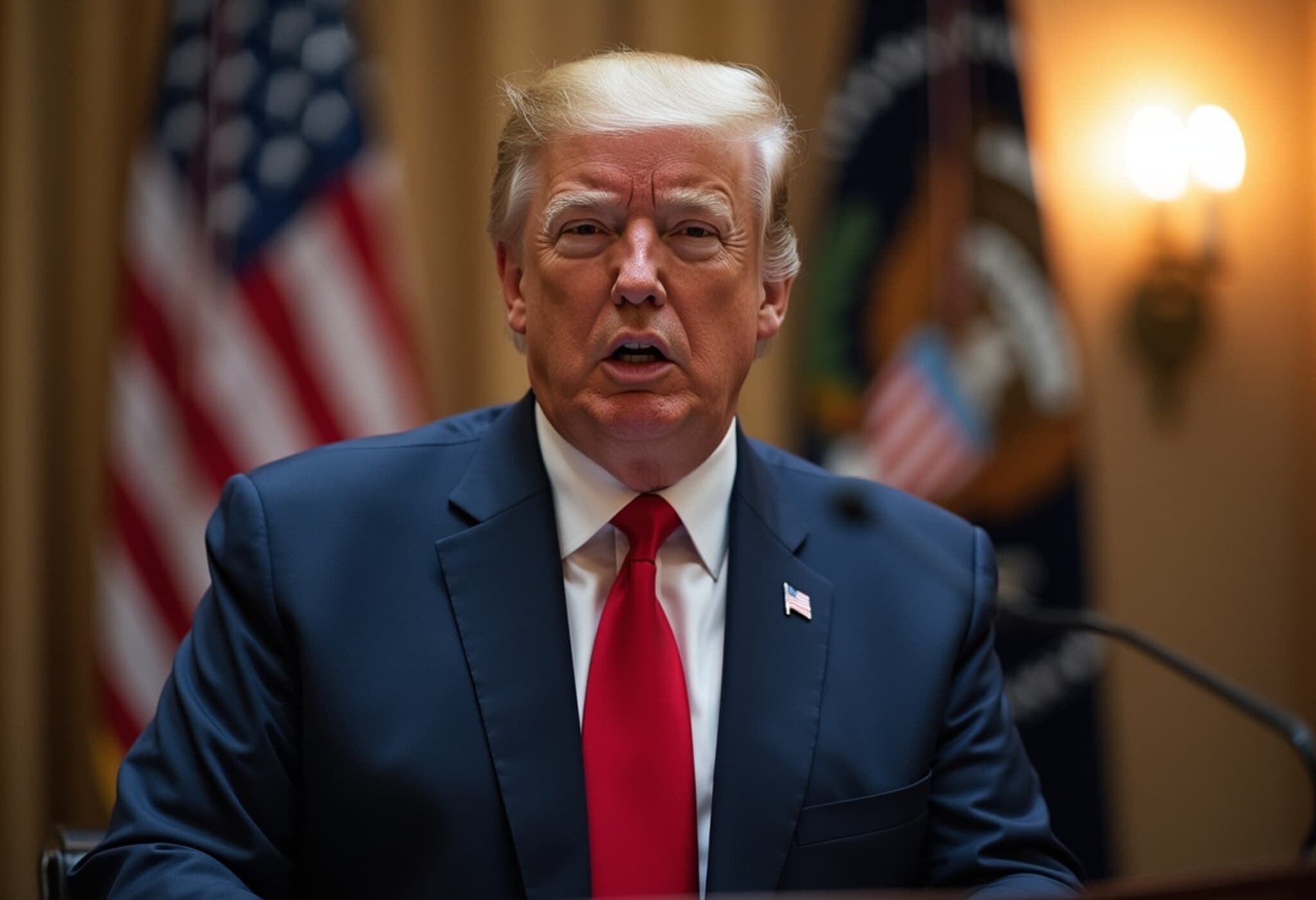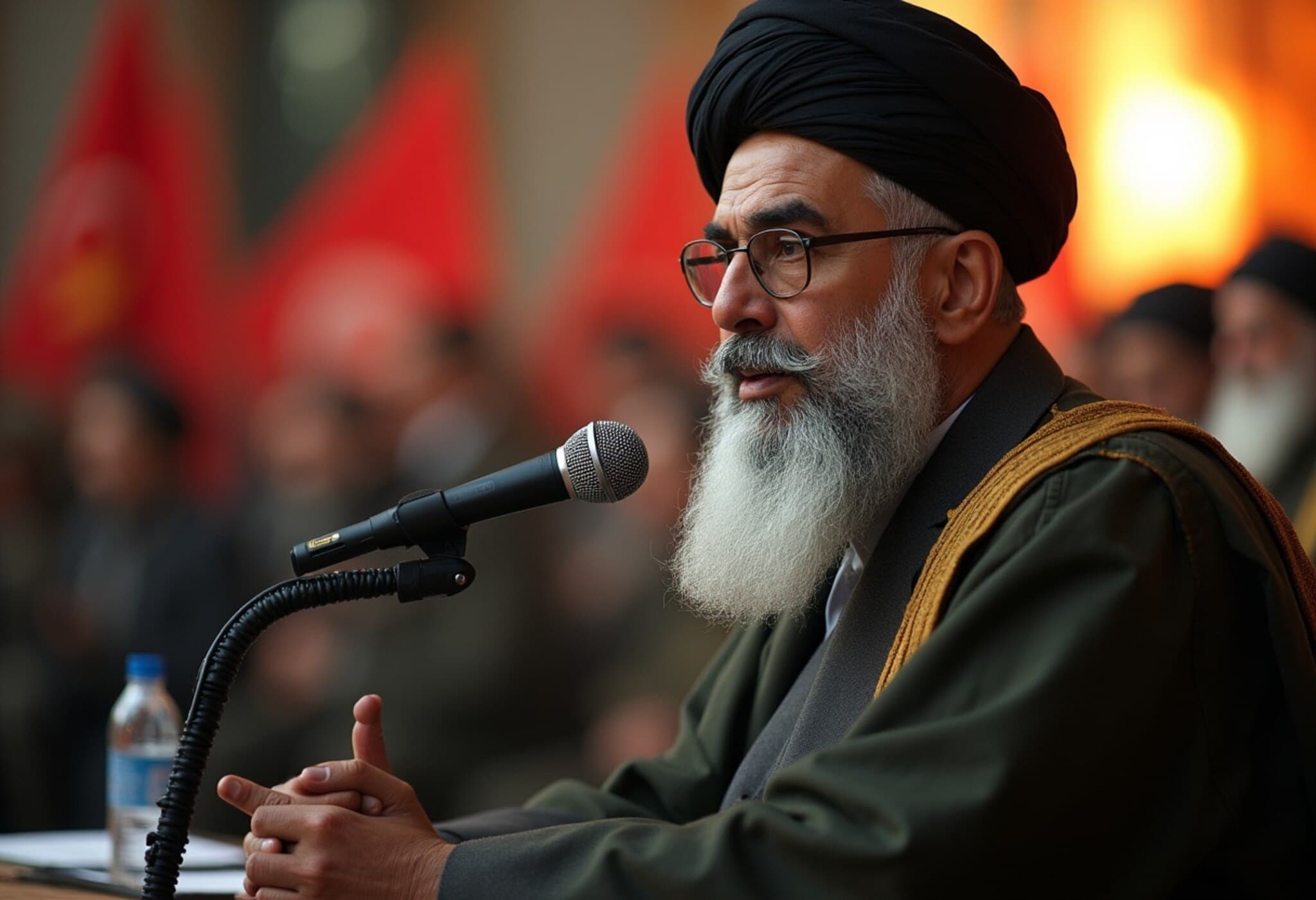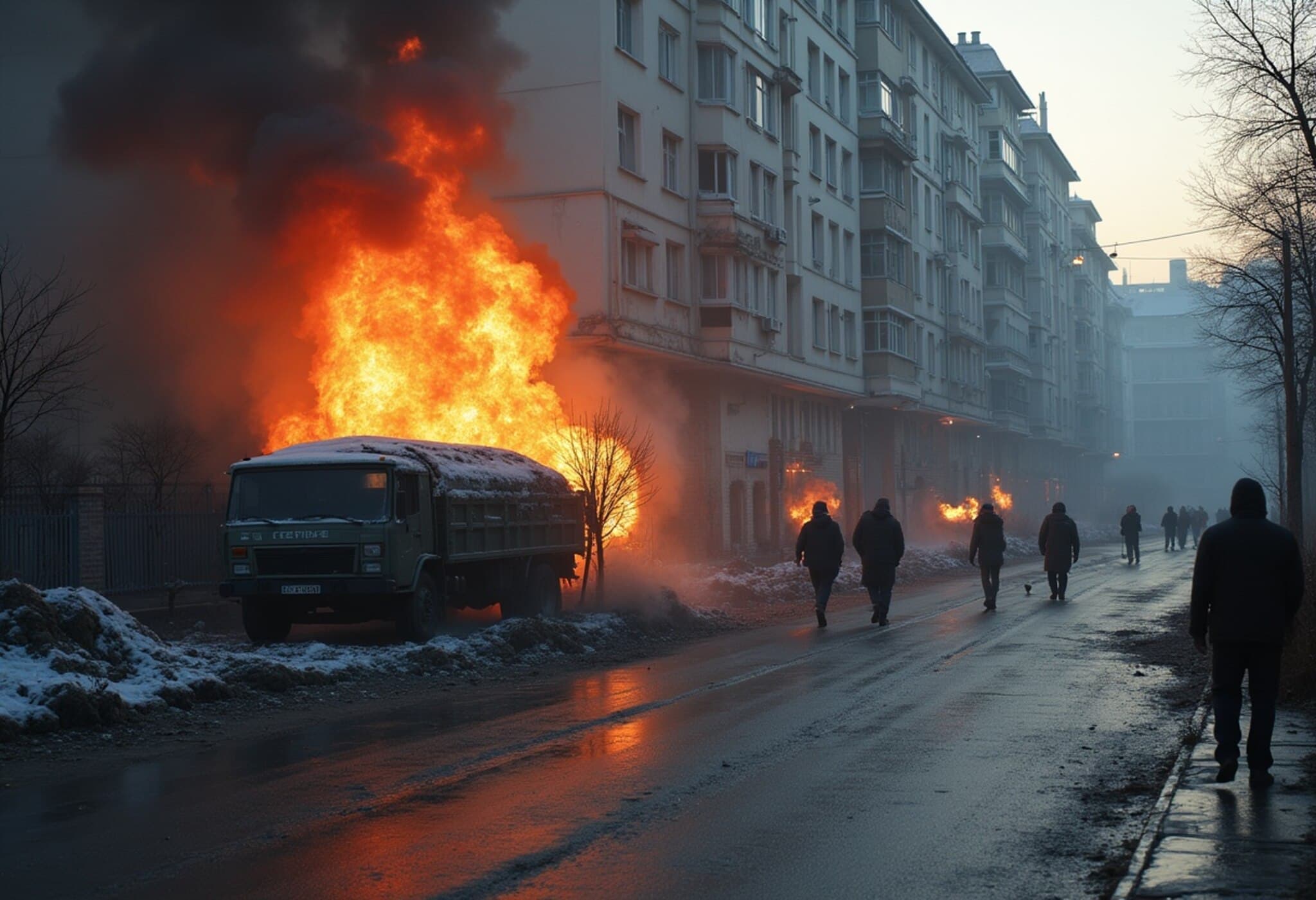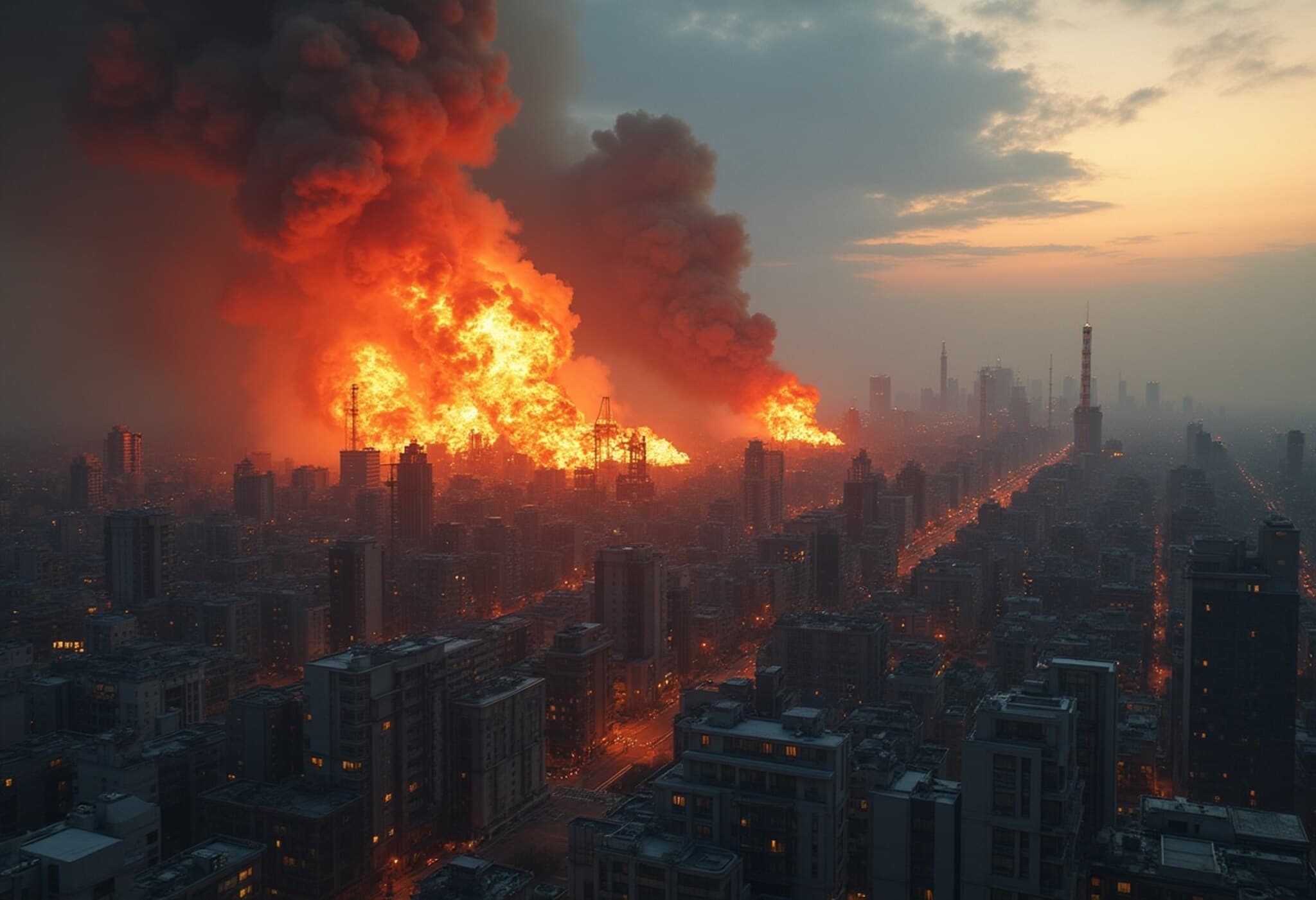US Vice President JD Vance Backs Airstrikes on Iranian Nuclear Facilities
In the wake of US airstrikes on Iranian nuclear sites ordered by President Donald Trump, Vice President JD Vance has stepped forward to defend the administration's actions. Speaking in an exclusive interview, Vance emphasized that while tensions remain high, the US is not at war with Iran itself but is focused specifically on halting Iran’s nuclear weapons program.
Vance Clarifies the US Stance on Conflict With Iran
“We’re not at war with Iran. We’re at war with Iran’s nuclear programme,” Vance remarked, highlighting the administration's targeted objective. He expressed confidence that the airstrikes had “substantially delayed” Iran's progress toward developing nuclear weapons, underscoring this strategic aim as the primary goal of the military action.
Assessing the Damage: What Has Really Happened?
President Trump claimed the overnight strikes had “completely and totally obliterated” Iran’s enrichment sites. However, Vance cautiously avoided confirming the full extent of the damage, suggesting instead that the attack significantly set back Iran's nuclear capabilities.
- On the destruction: Vance explained, “Severely damaged versus obliterated — I’m not exactly sure what the difference is. What we know is we set their nuclear programme back substantially.”
- On diplomatic efforts: He faulted Tehran for undermining talks and stressed that “the US did not blow up diplomacy.” Vance suggested Iran might consider “giving peace a chance.”
- On retaliation risks: The Vice President maintained that if Iran chose to disrupt global energy routes, such as the Strait of Hormuz, it would be a self-destructive decision.
- On legal authority: Addressing congressional critics, Vance affirmed that President Trump had clear authority to act against nuclear proliferation threats.
- On Iranian responses: The US has received indirect signals from Tehran since the strikes, indicating ongoing communication.
Independent Analysis Suggests Limited Damage
Outside experts have offered more measured assessments. Satellite imagery reviewed by defense analysts revealed surface-level craters and possible tunnel collapses at key sites like Fordow and Natanz, yet they found no outright evidence suggesting the heavily fortified facilities were completely destroyed. An Iranian lawmaker also publicly stated that Fordow remained largely intact, challenging claims of total obliteration.
Iran's Retaliation and Rising Regional Tensions
Following the US strikes, Iran launched counterattacks targeting Israeli infrastructure in Tel Aviv. Iranian Foreign Minister Abbas Araghchi issued a stern warning that the country “reserves all options” in responding to further provocations. Iran is also planning high-level consultations with Russia amidst escalating tensions.
President Trump fired a blunt warning on social media, cautioning Tehran against pursuing any retaliatory actions. Meanwhile, at an emergency UN Security Council meeting, Iran’s Ambassador to the United Nations condemned the strikes as a destructive blow to diplomacy.
Looking Ahead: A Delicate Balance
The US administration, while signaling readiness to curb Iran’s nuclear ambitions, seeks to avoid a broader conflict. Vance's comments reflect an effort to clarify the administration's position and maintain a controlled message amid volatile developments in the Middle East.

